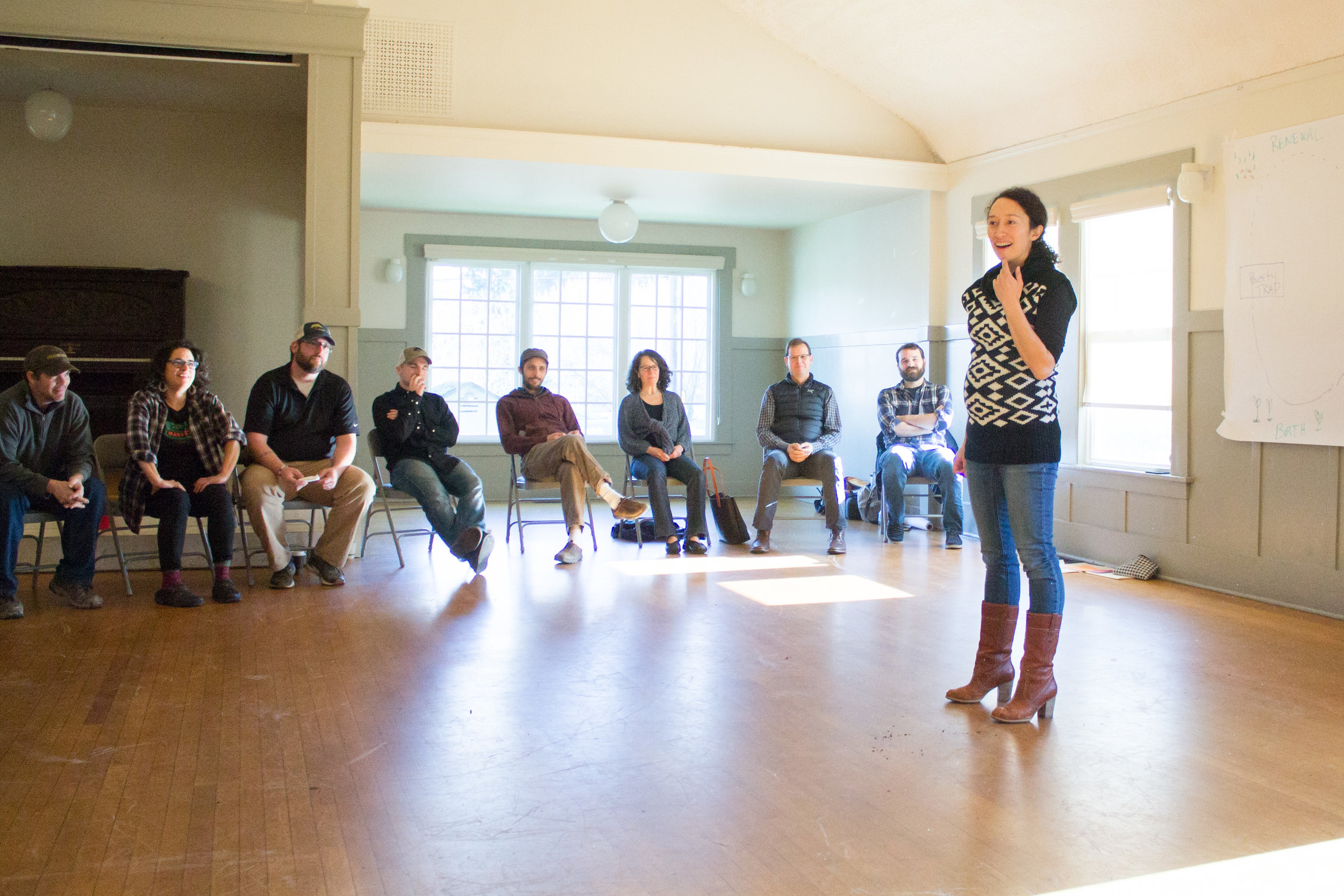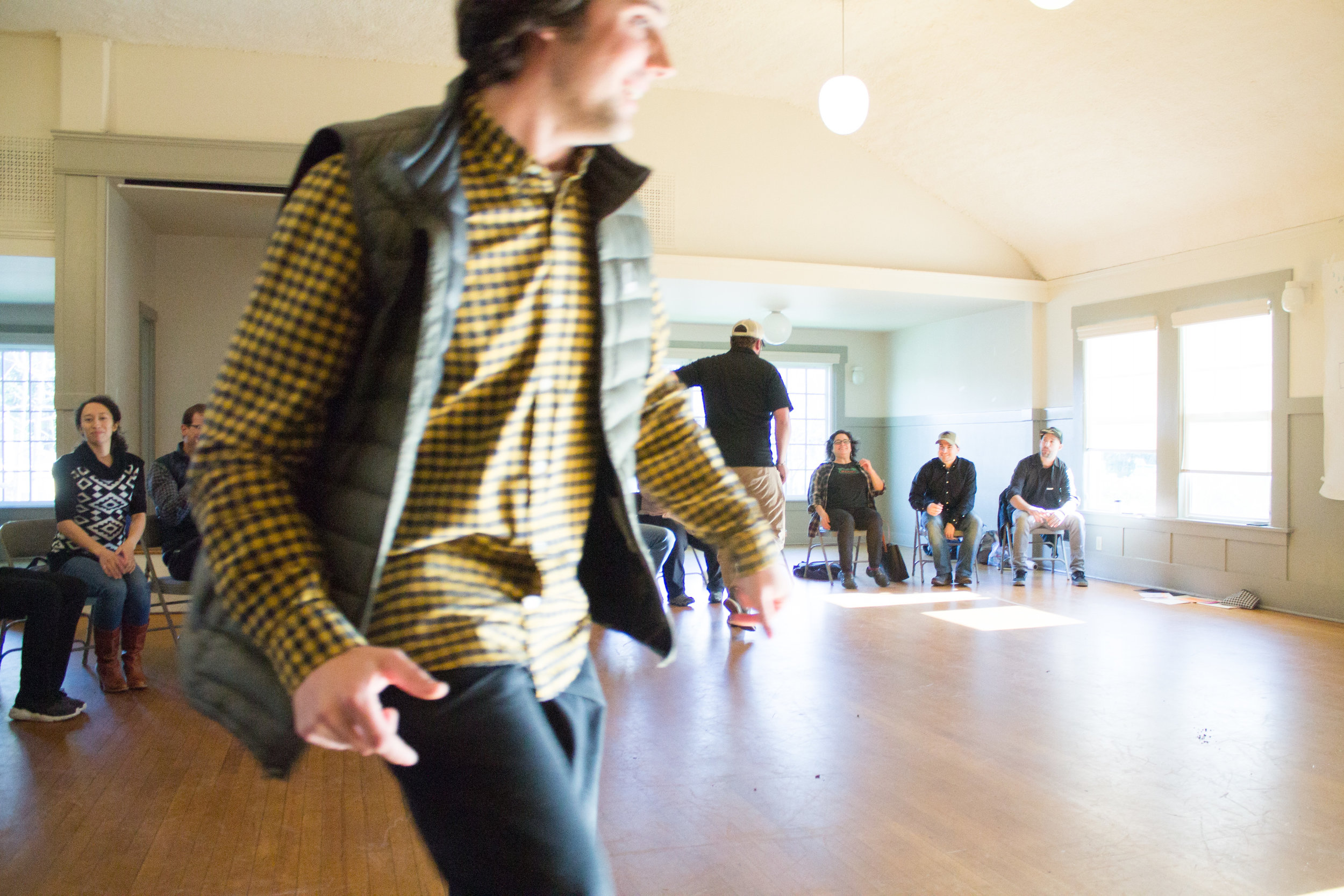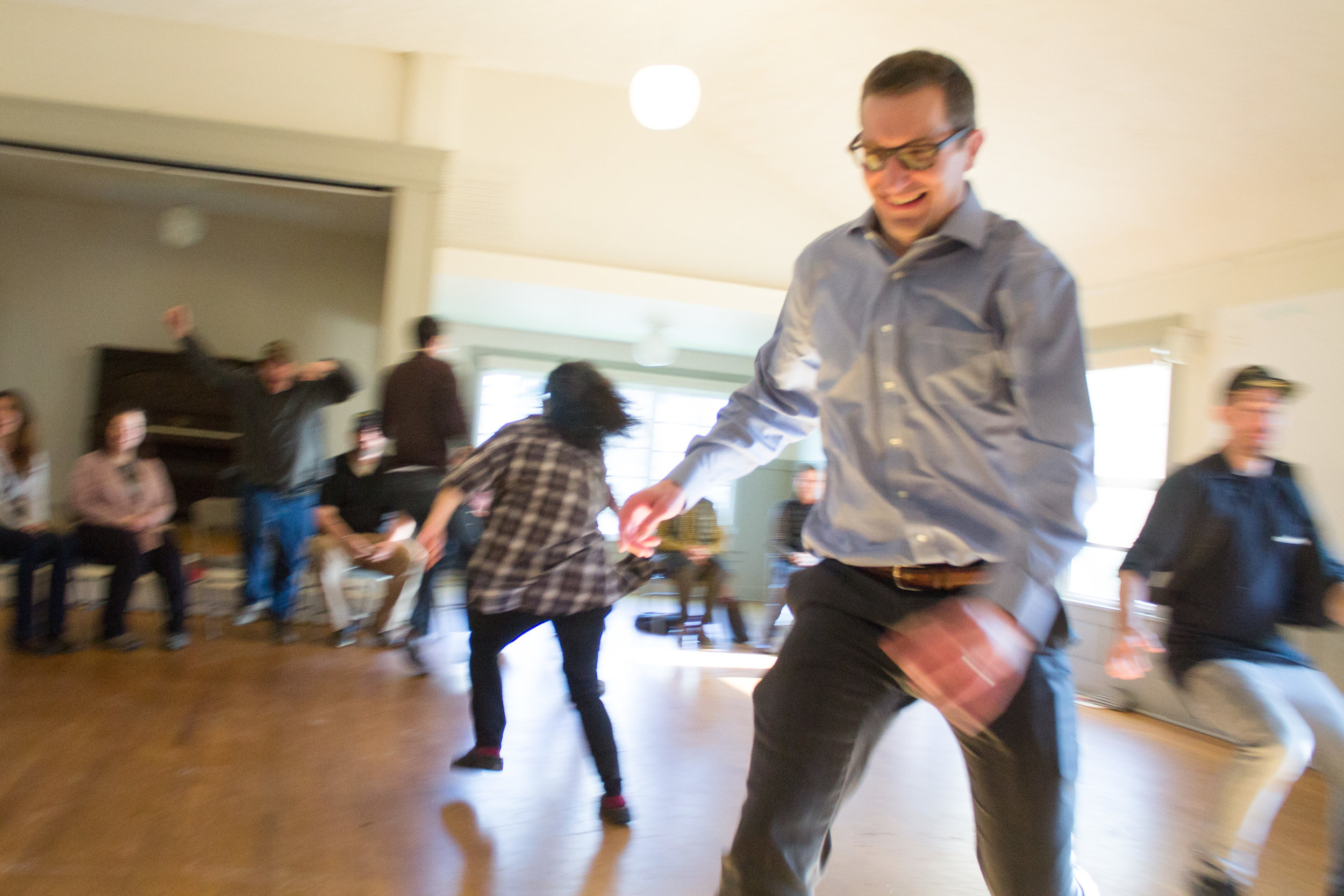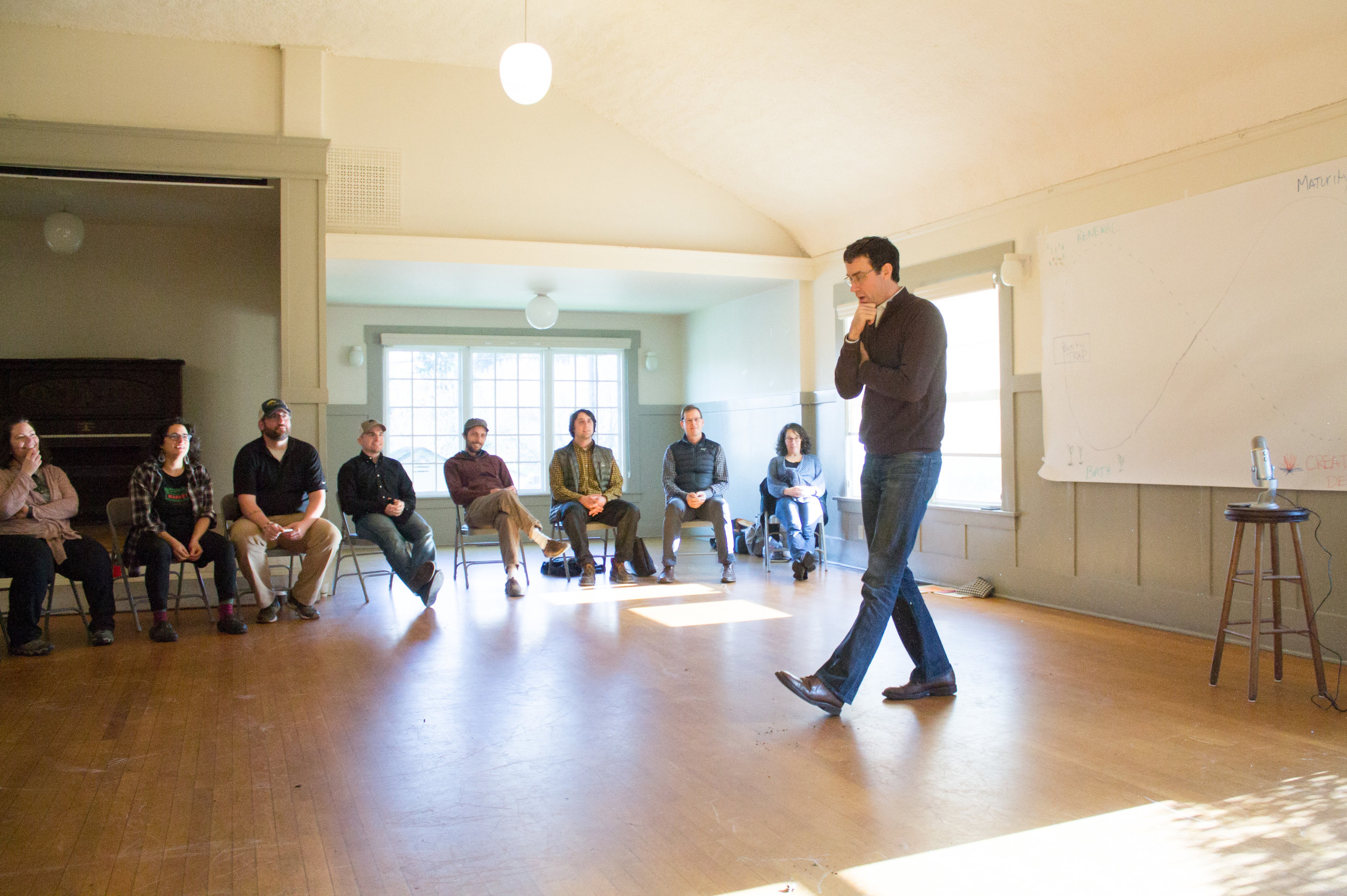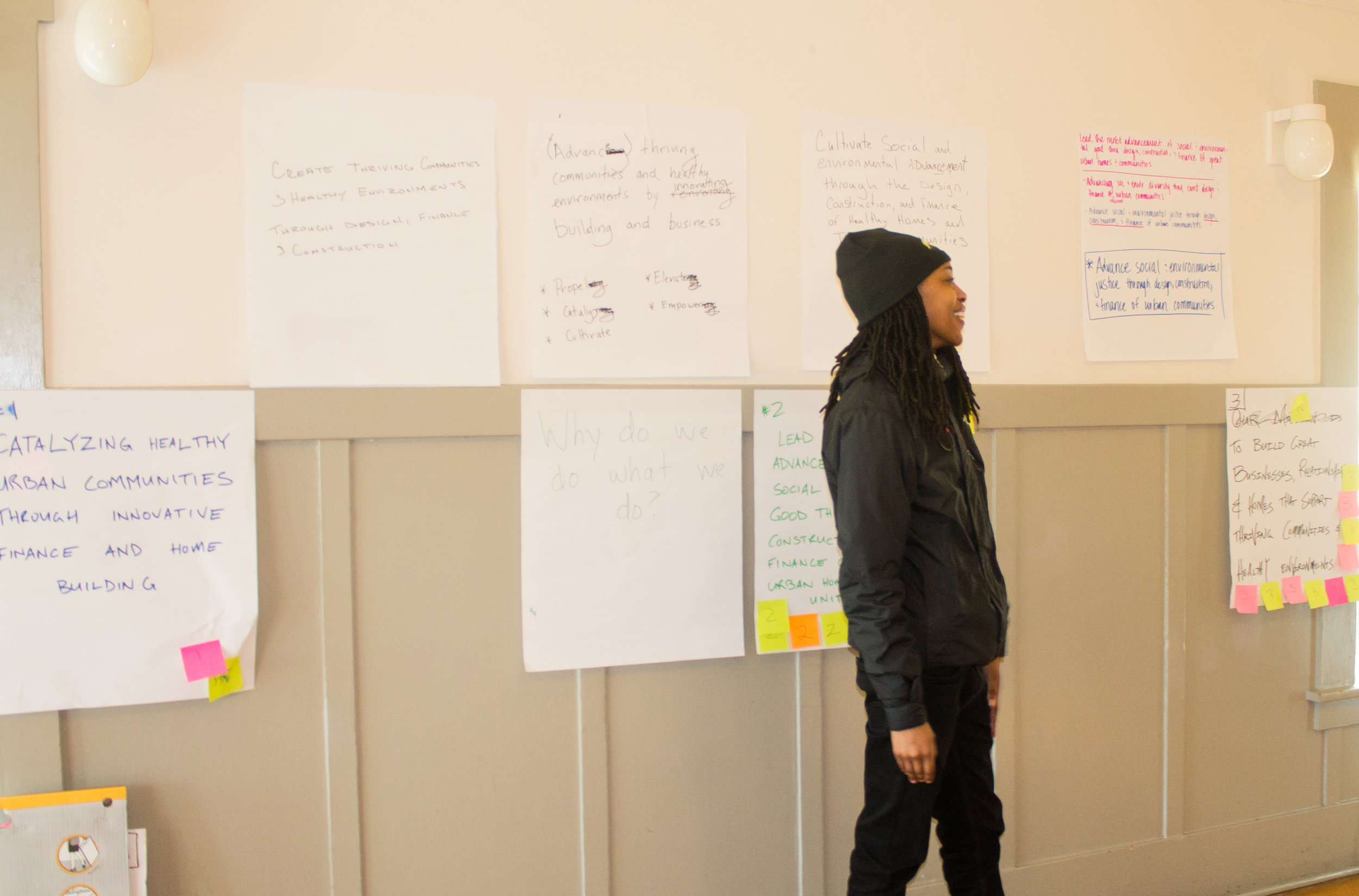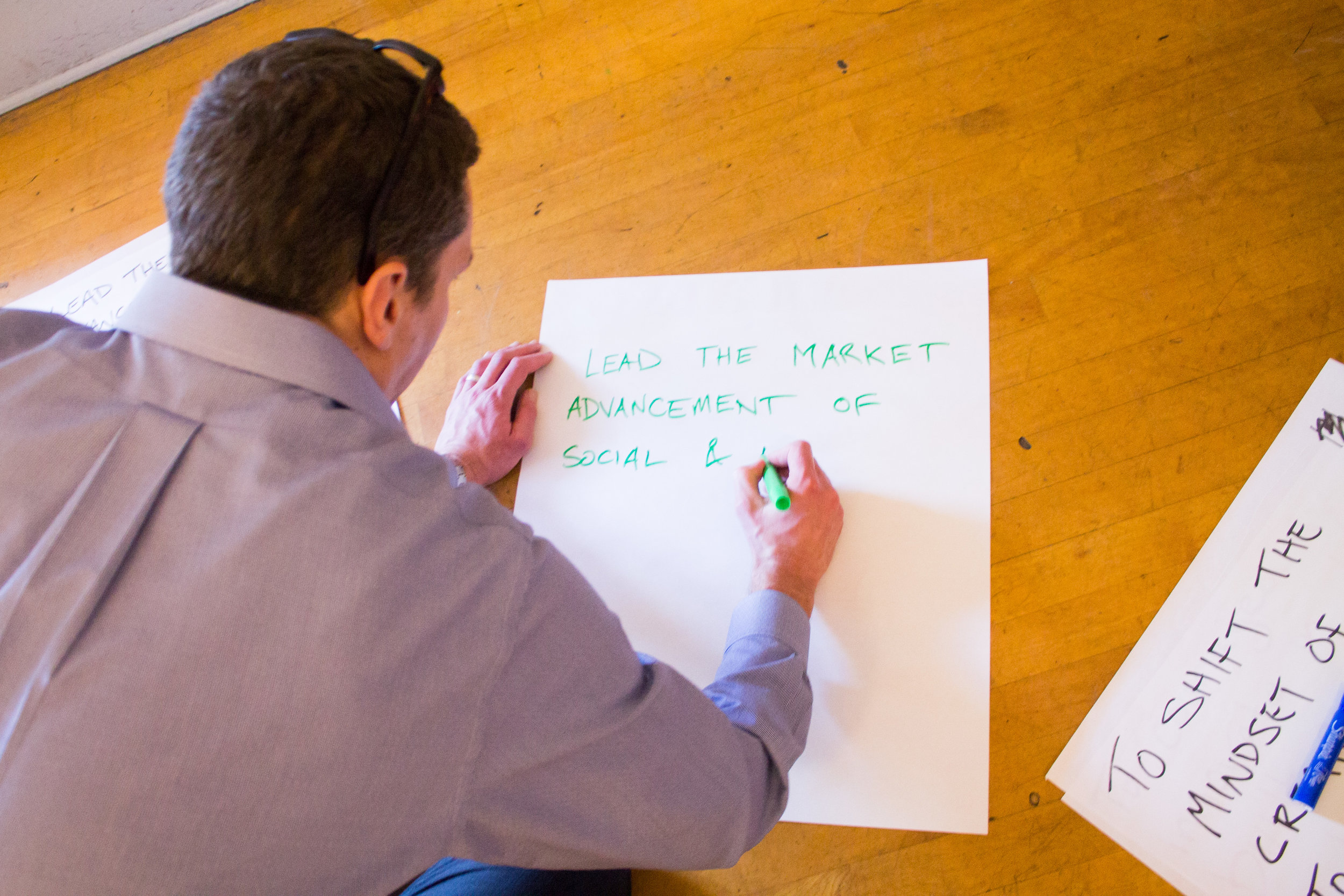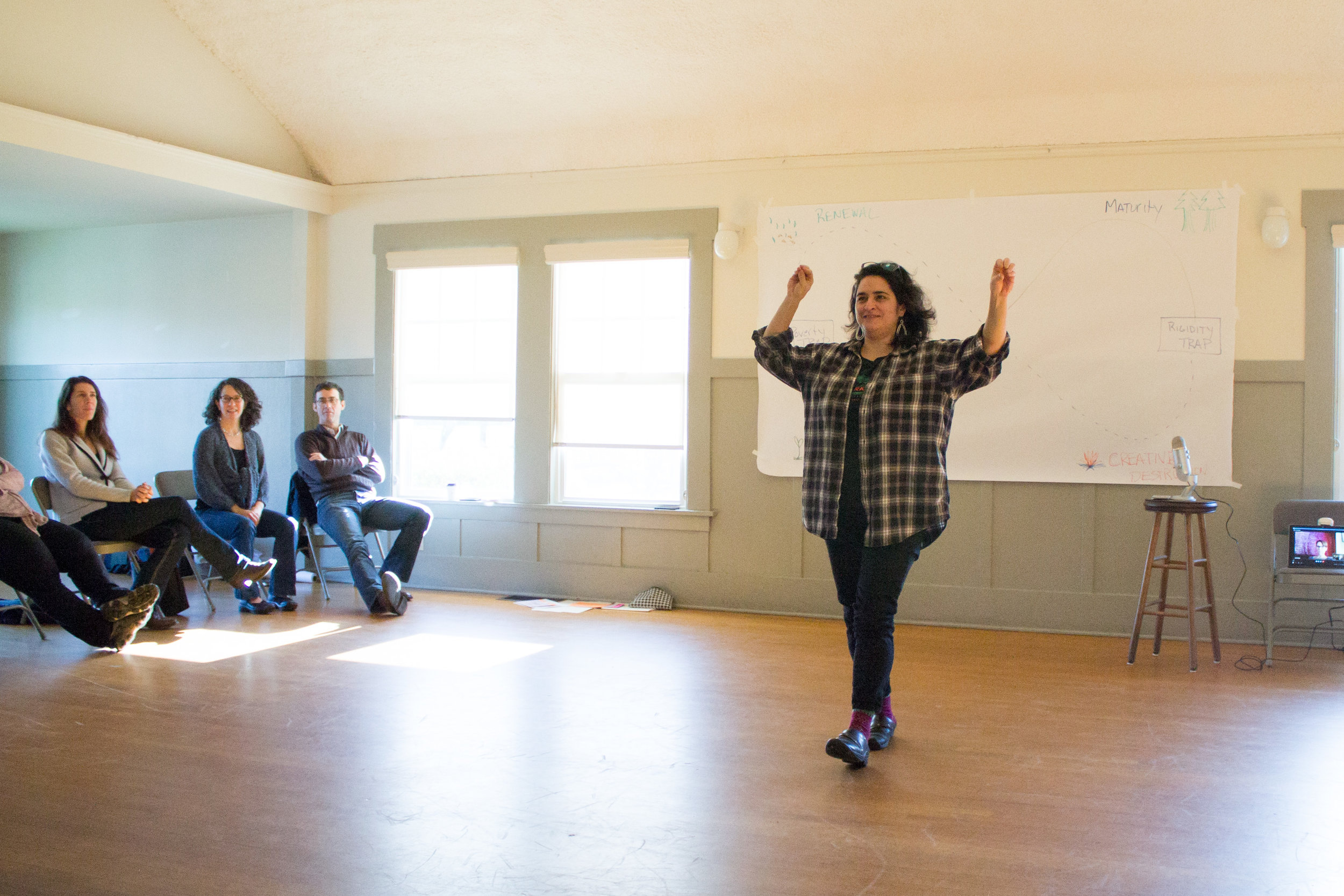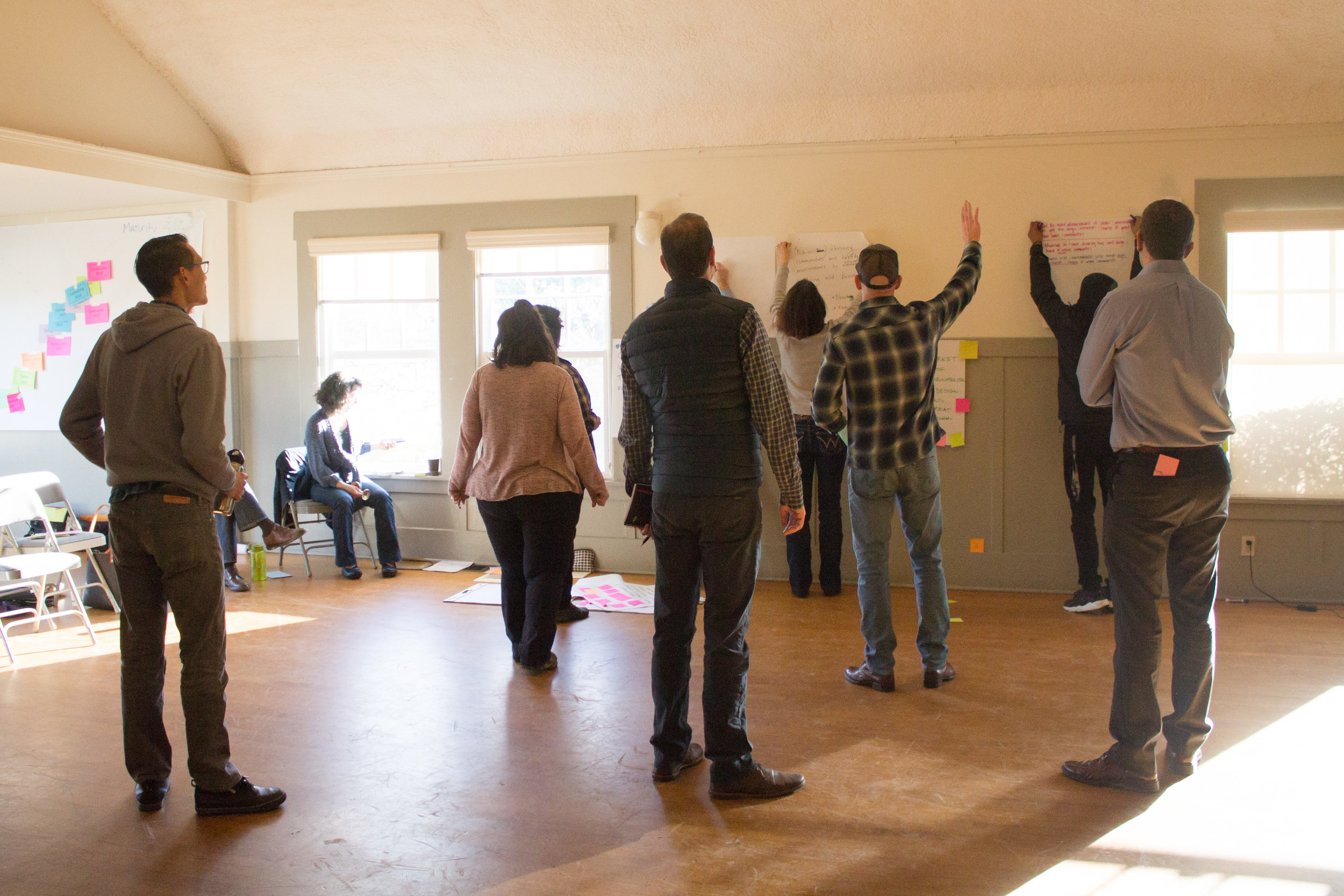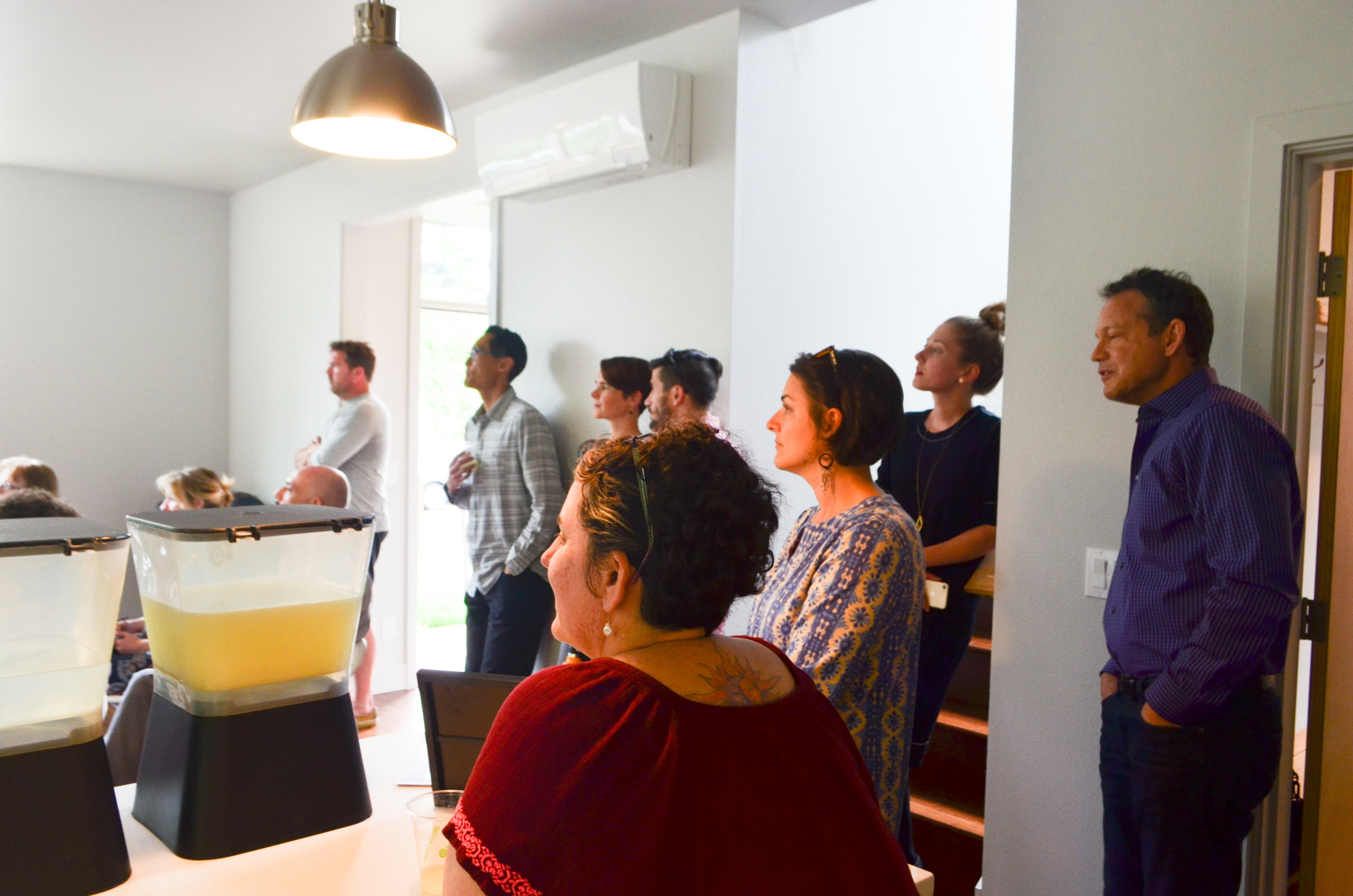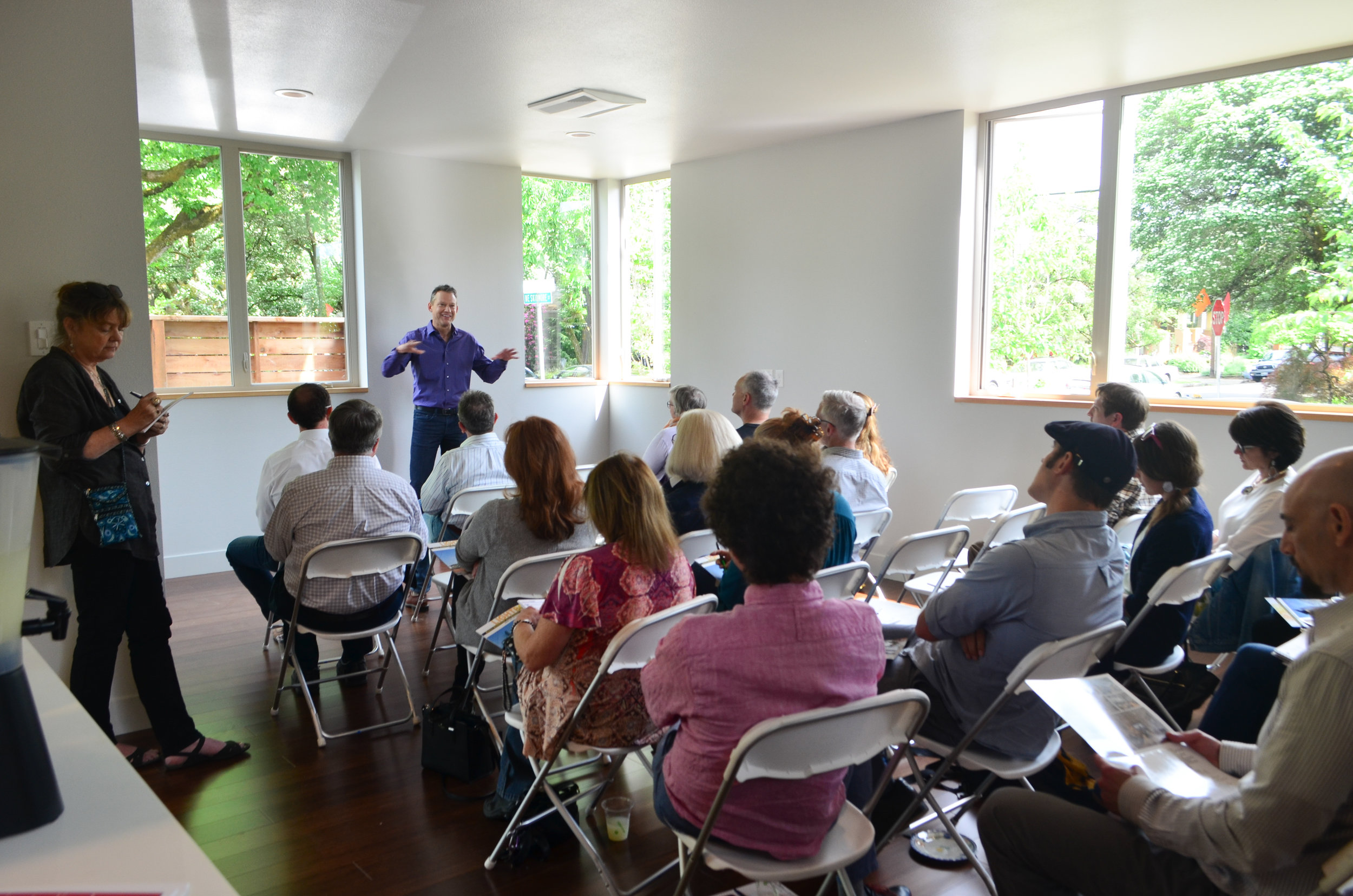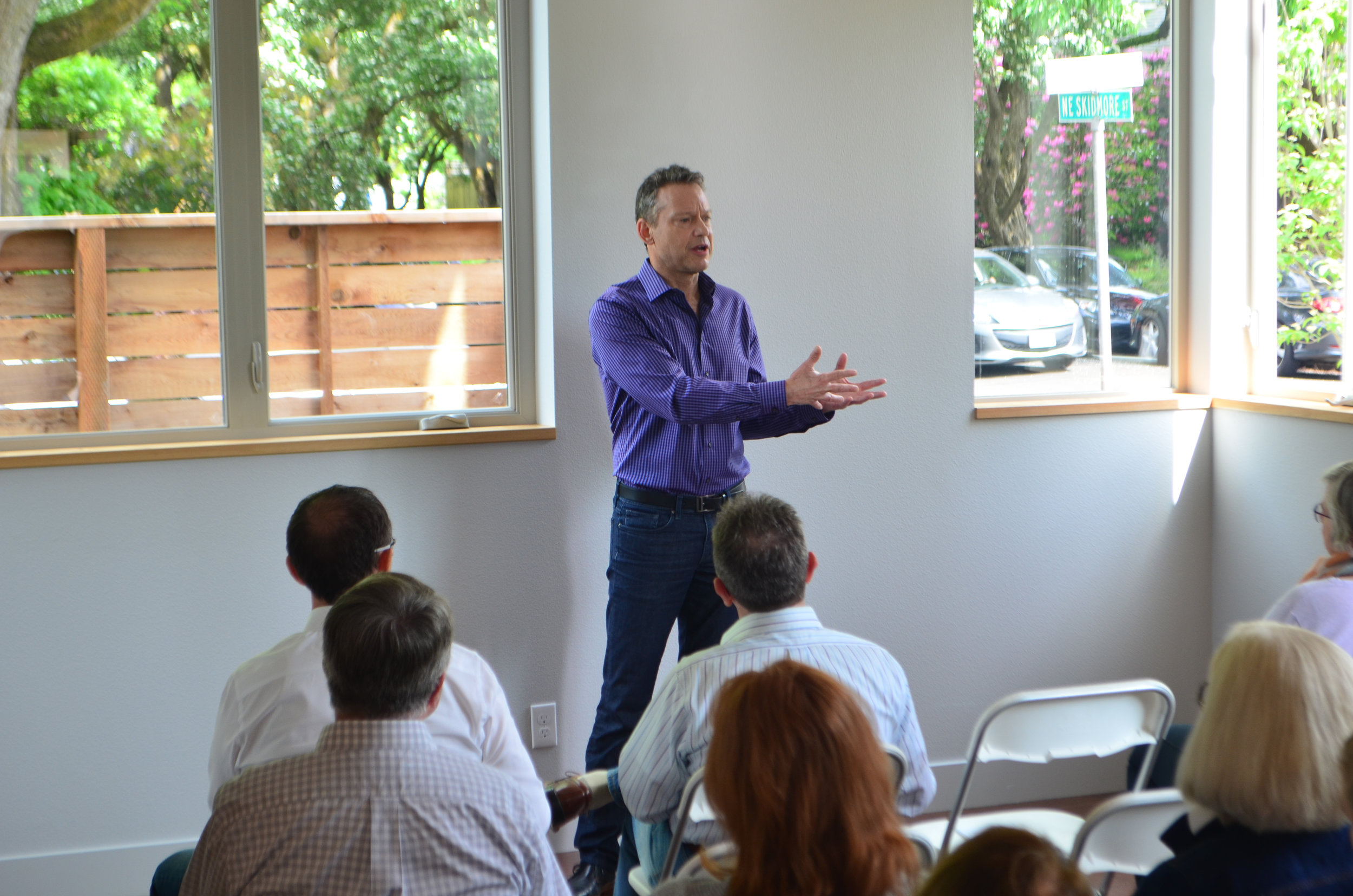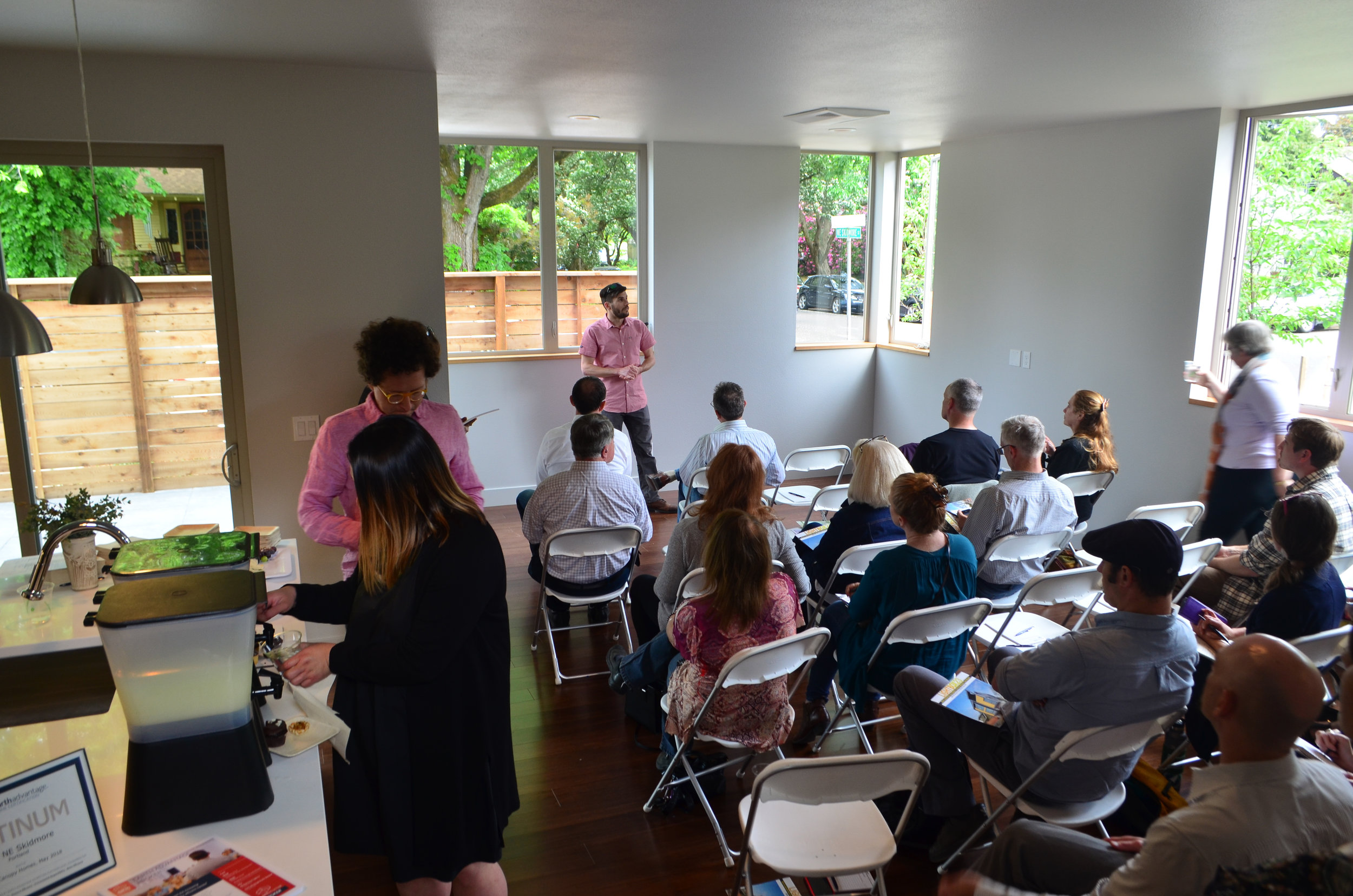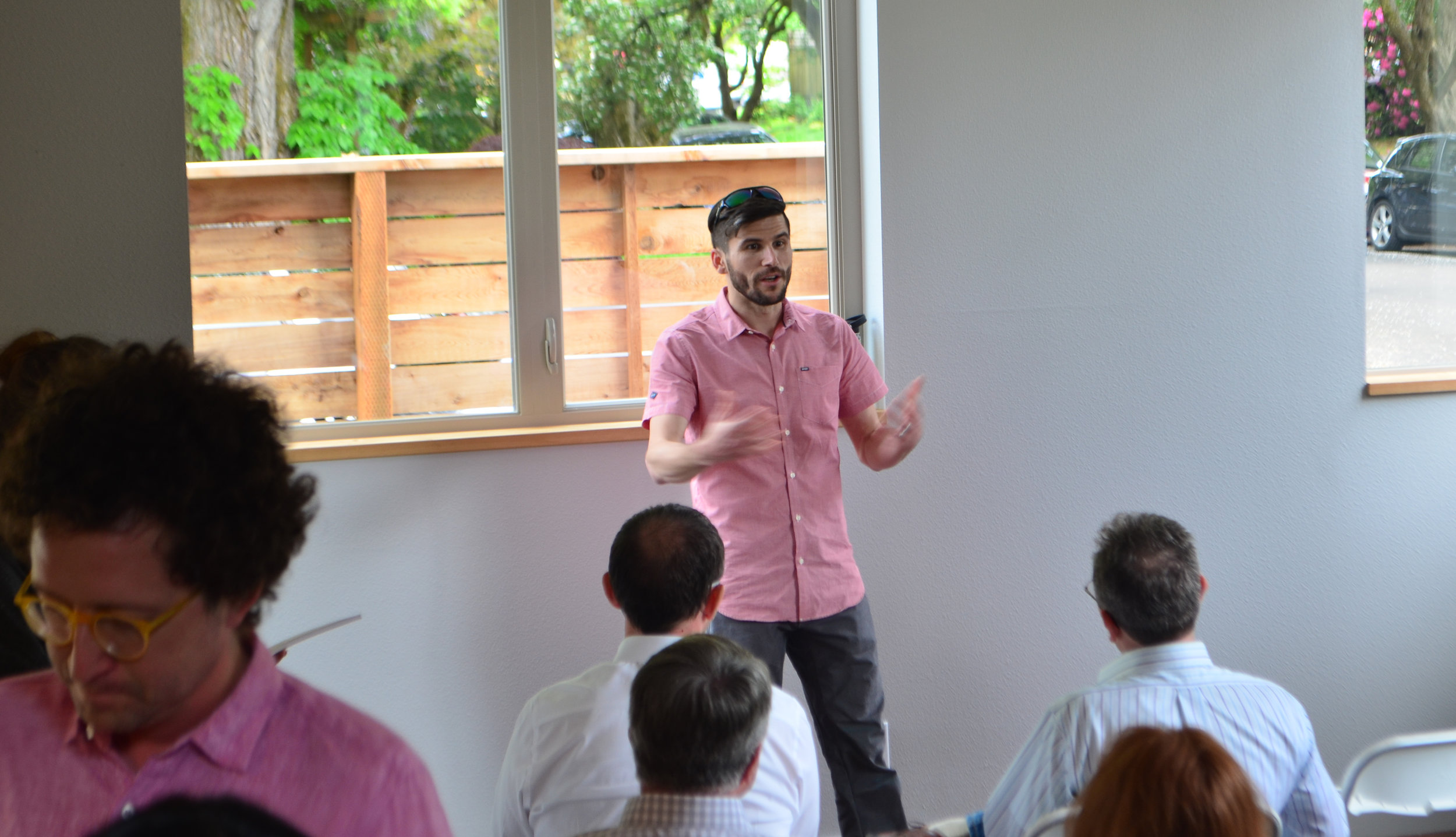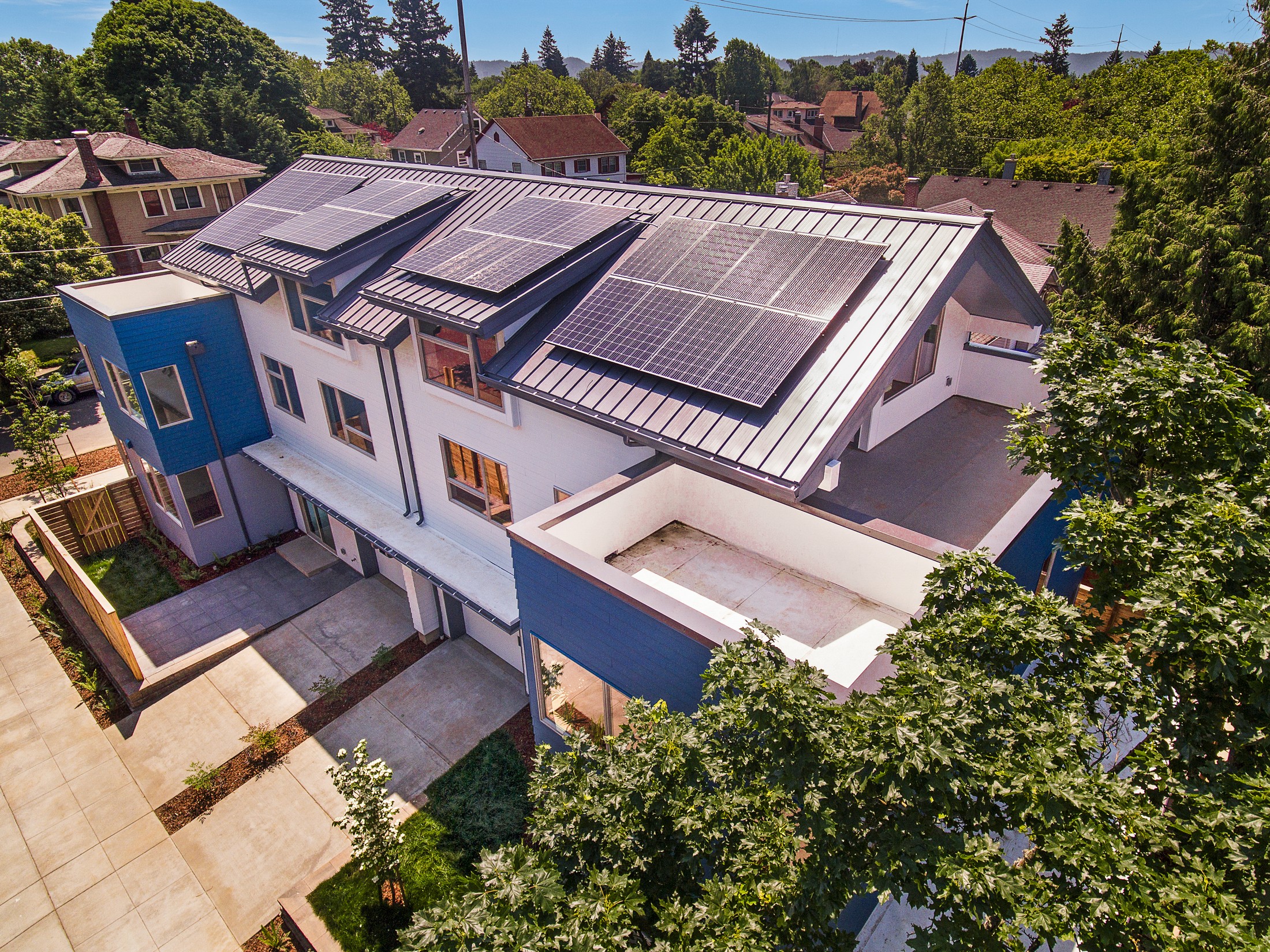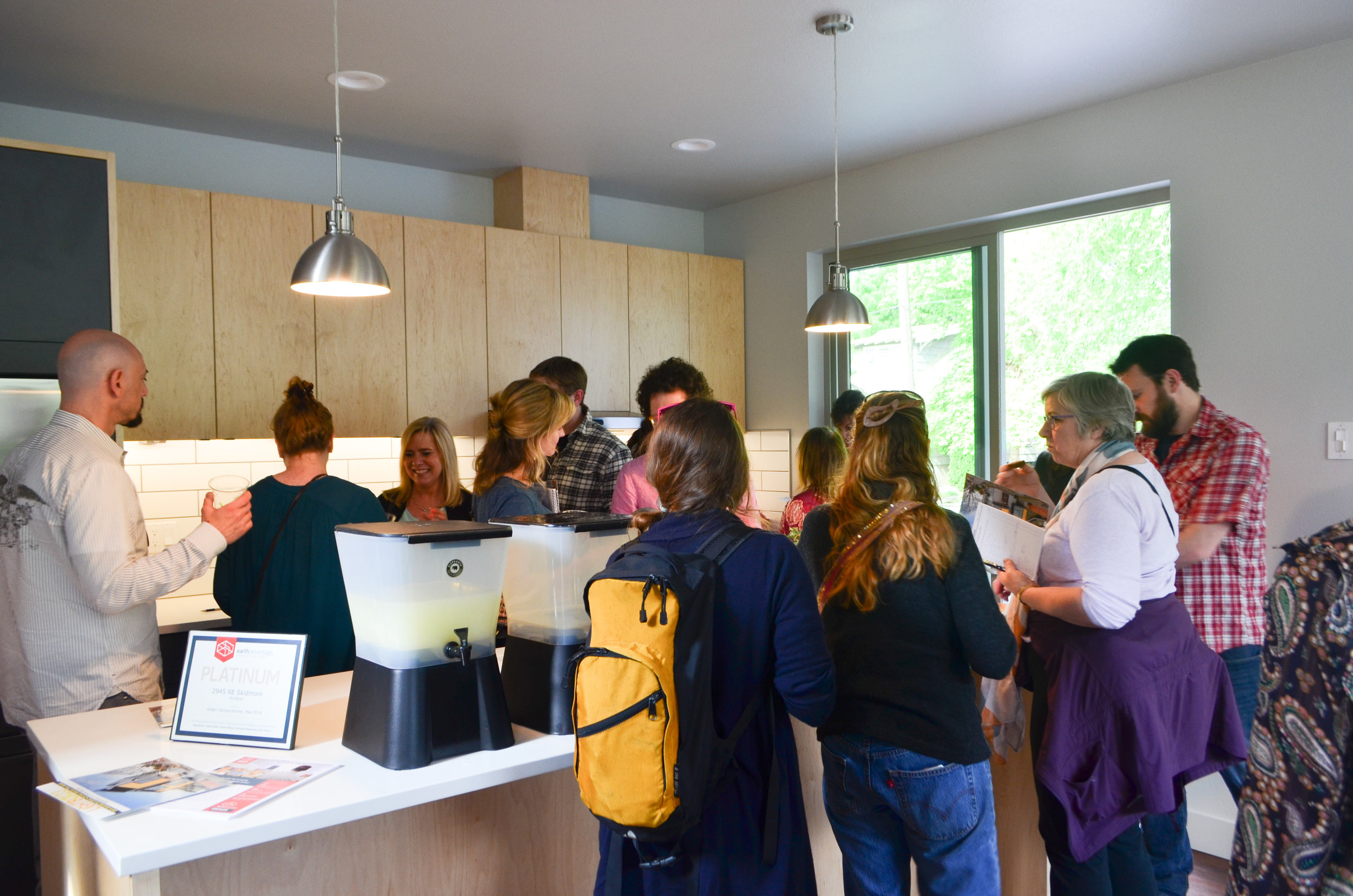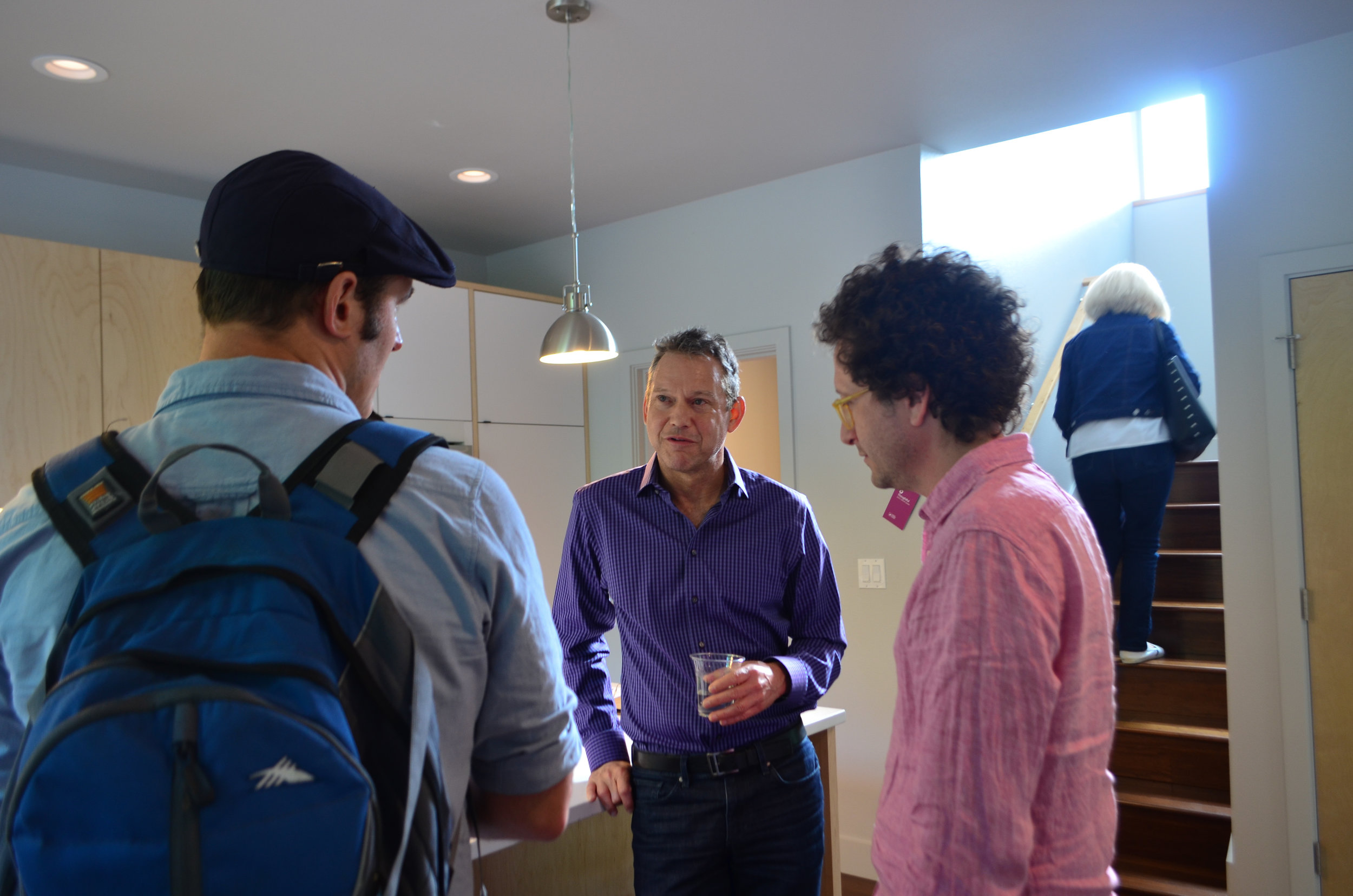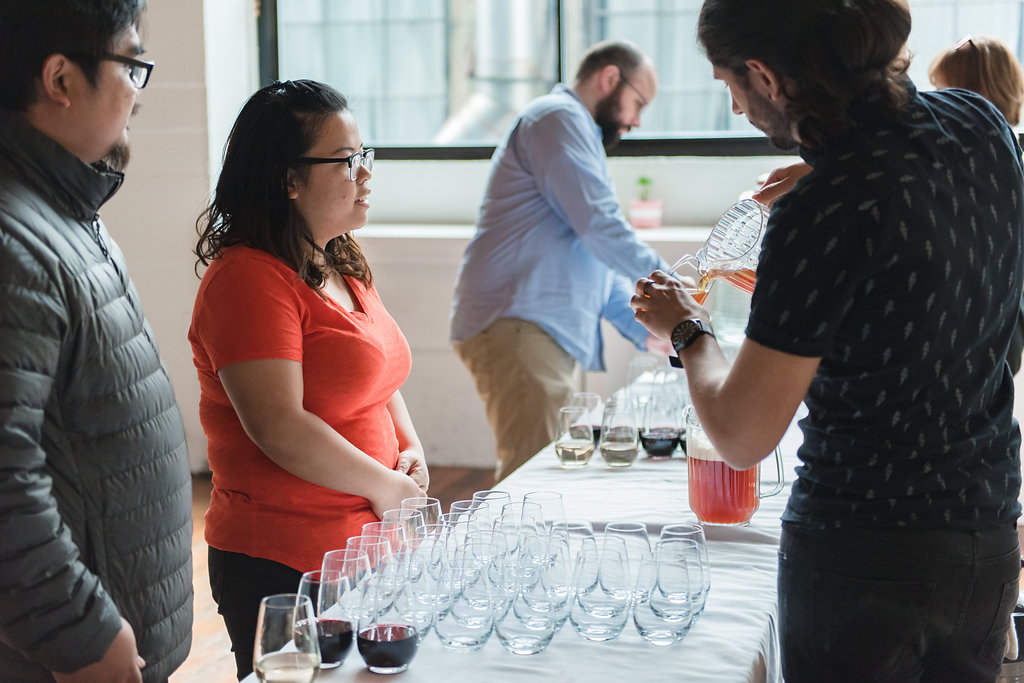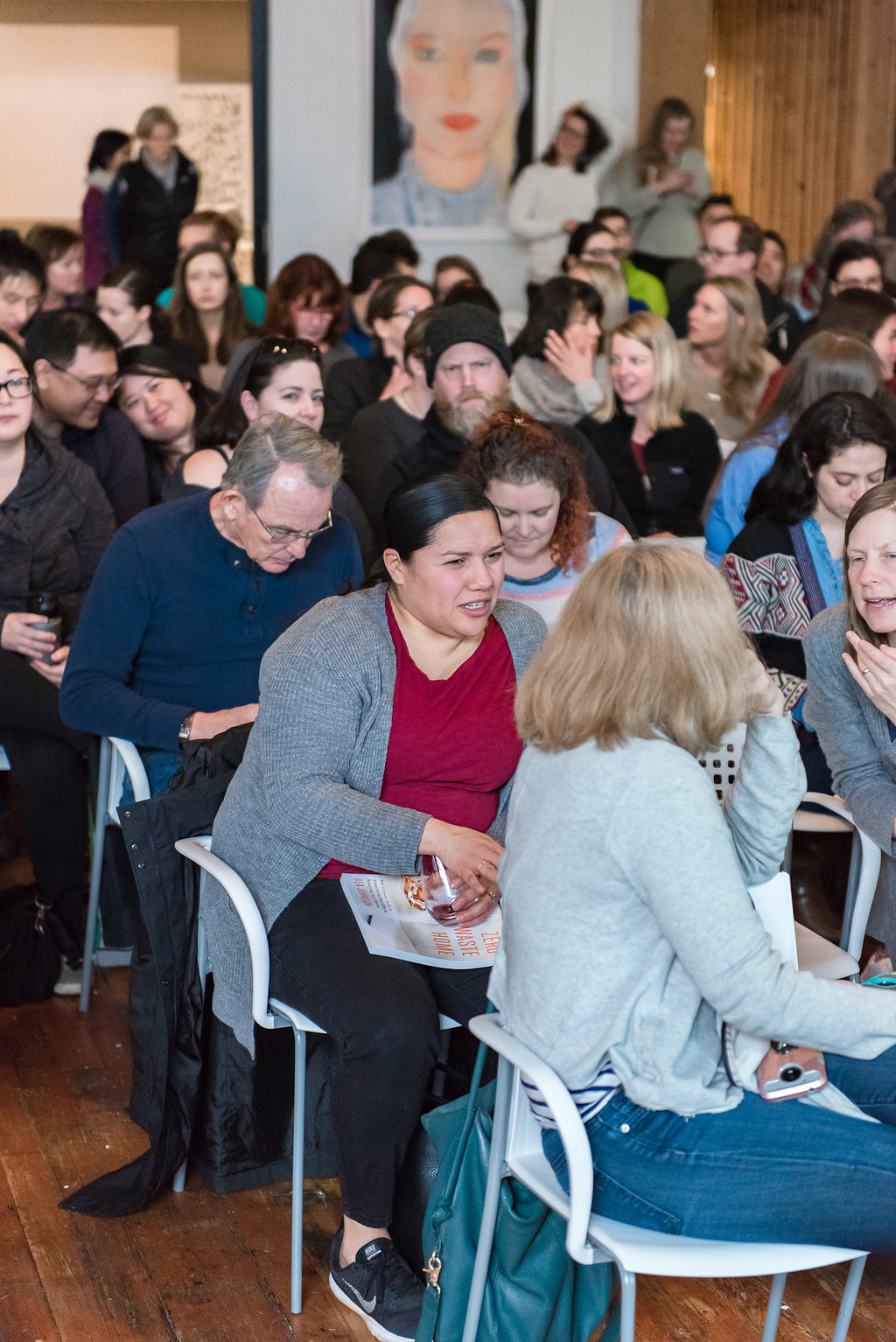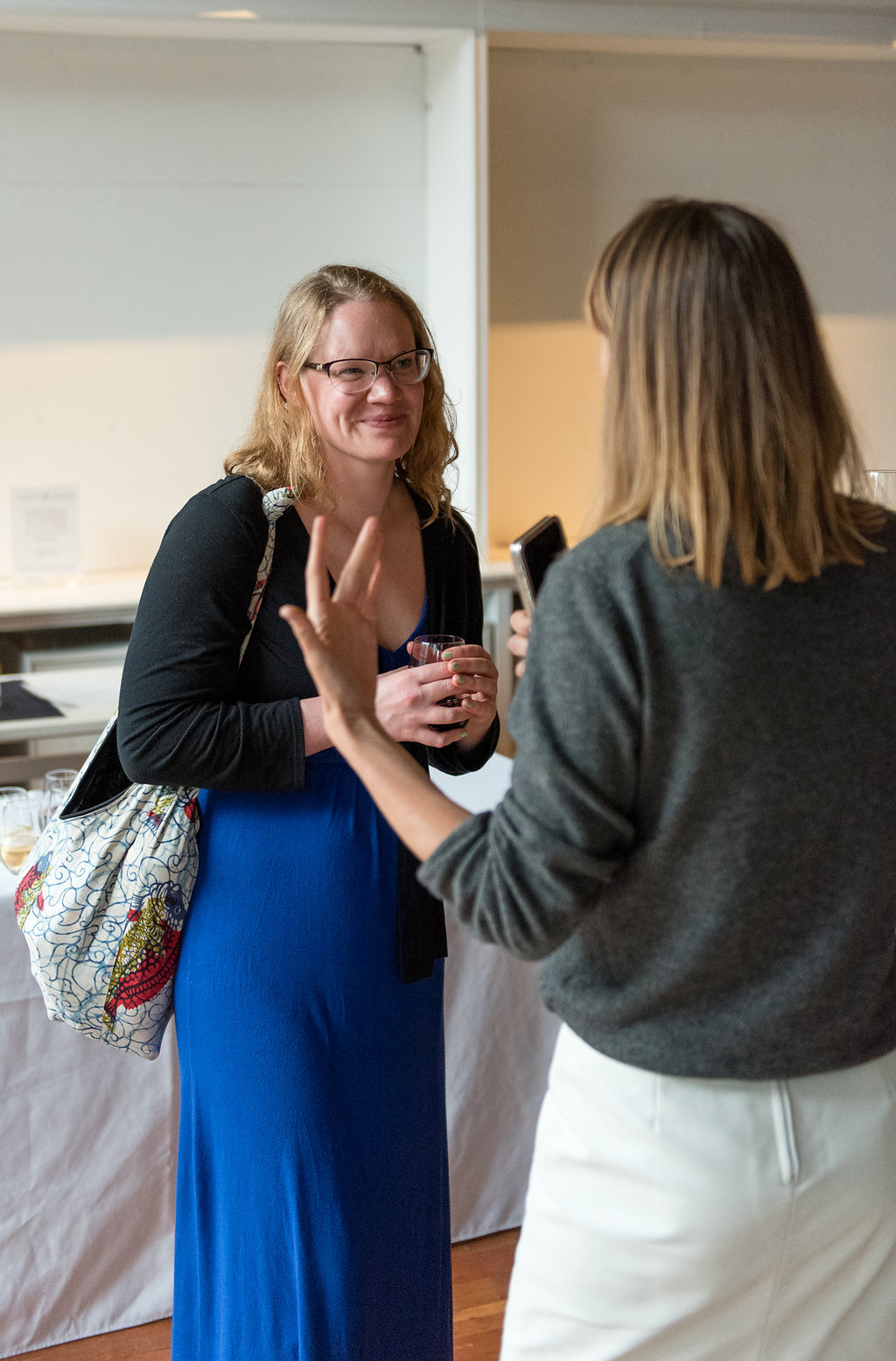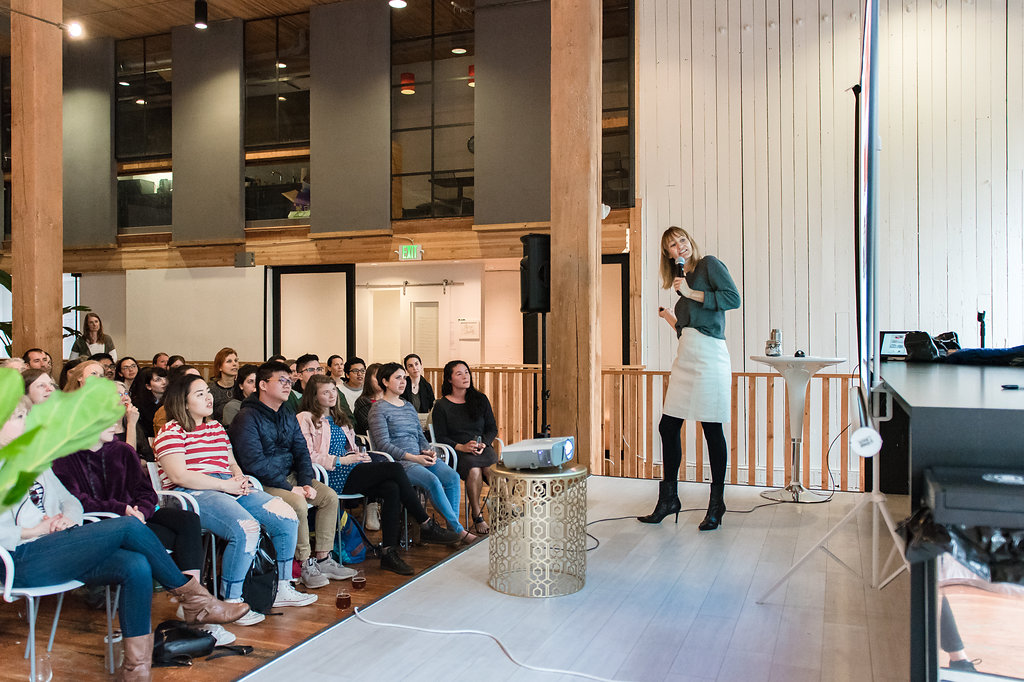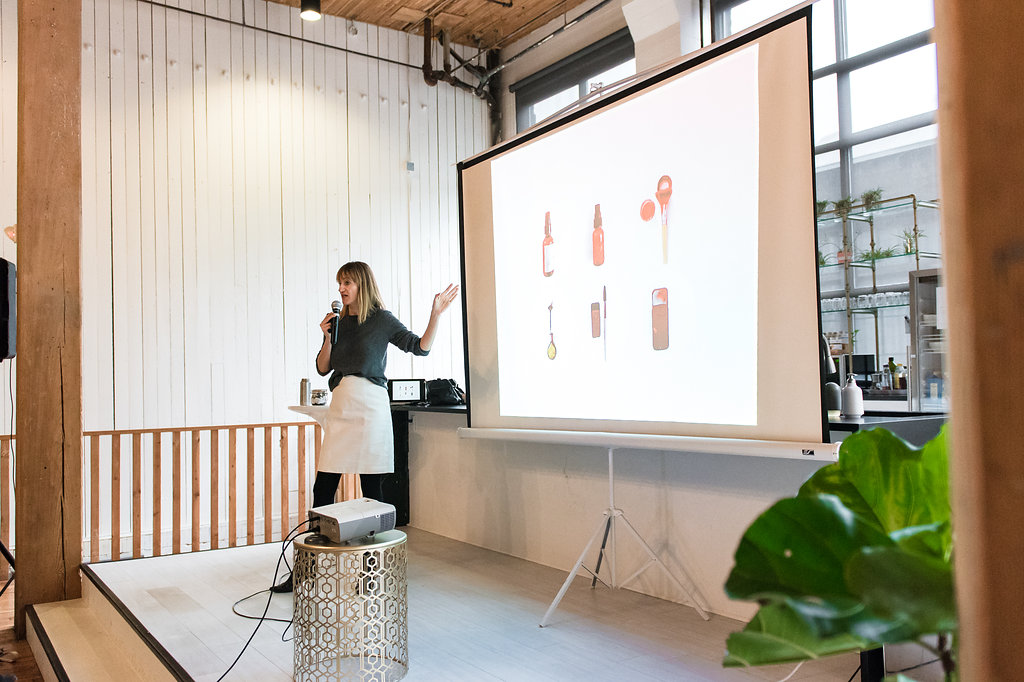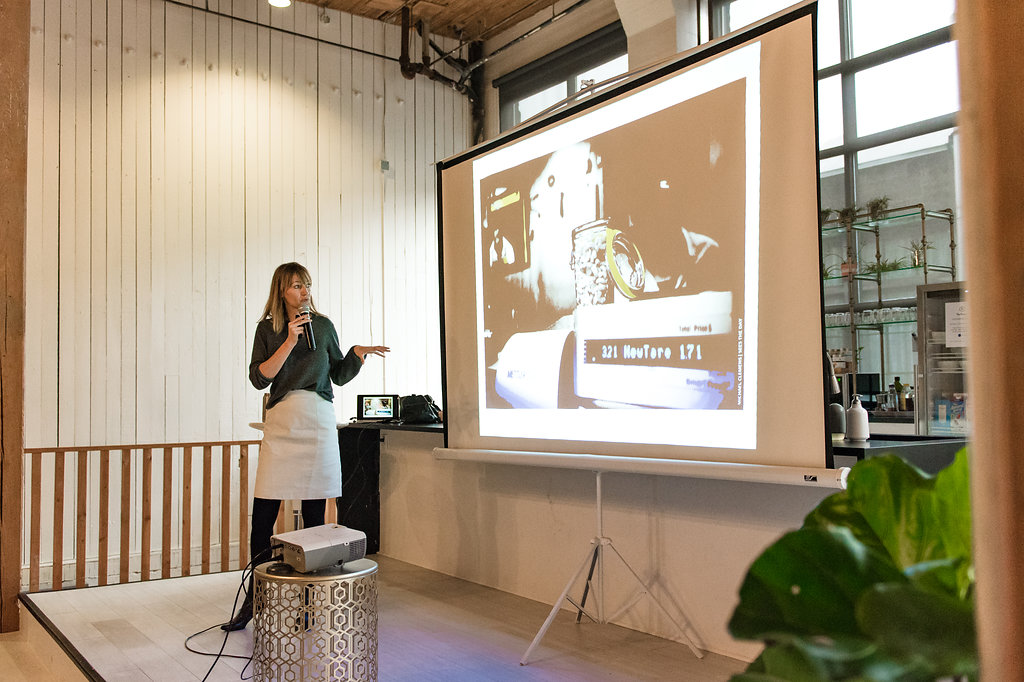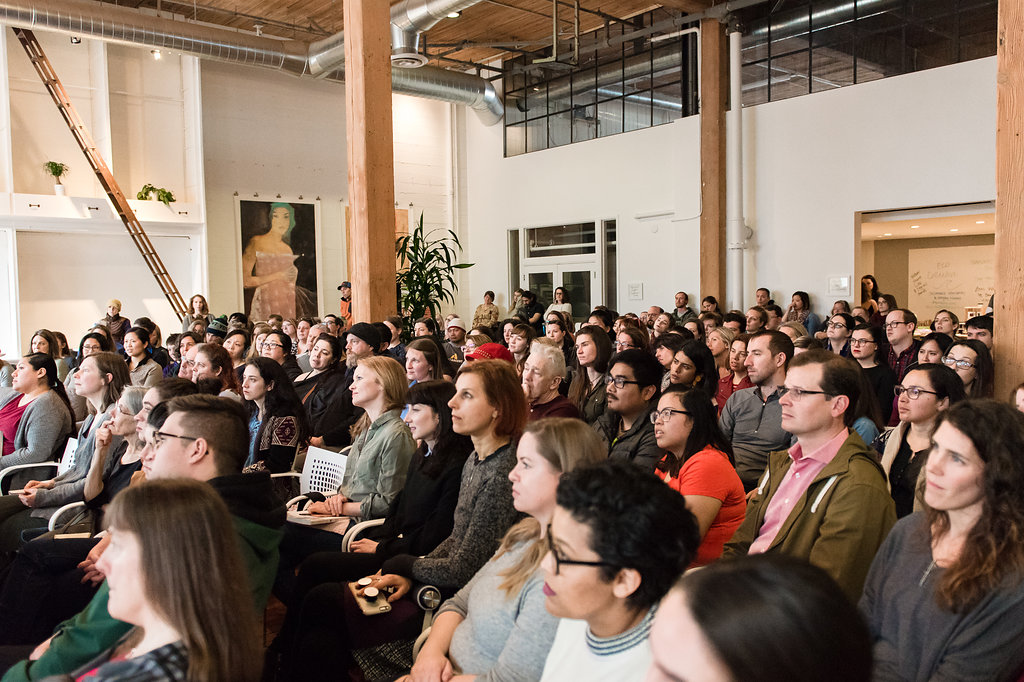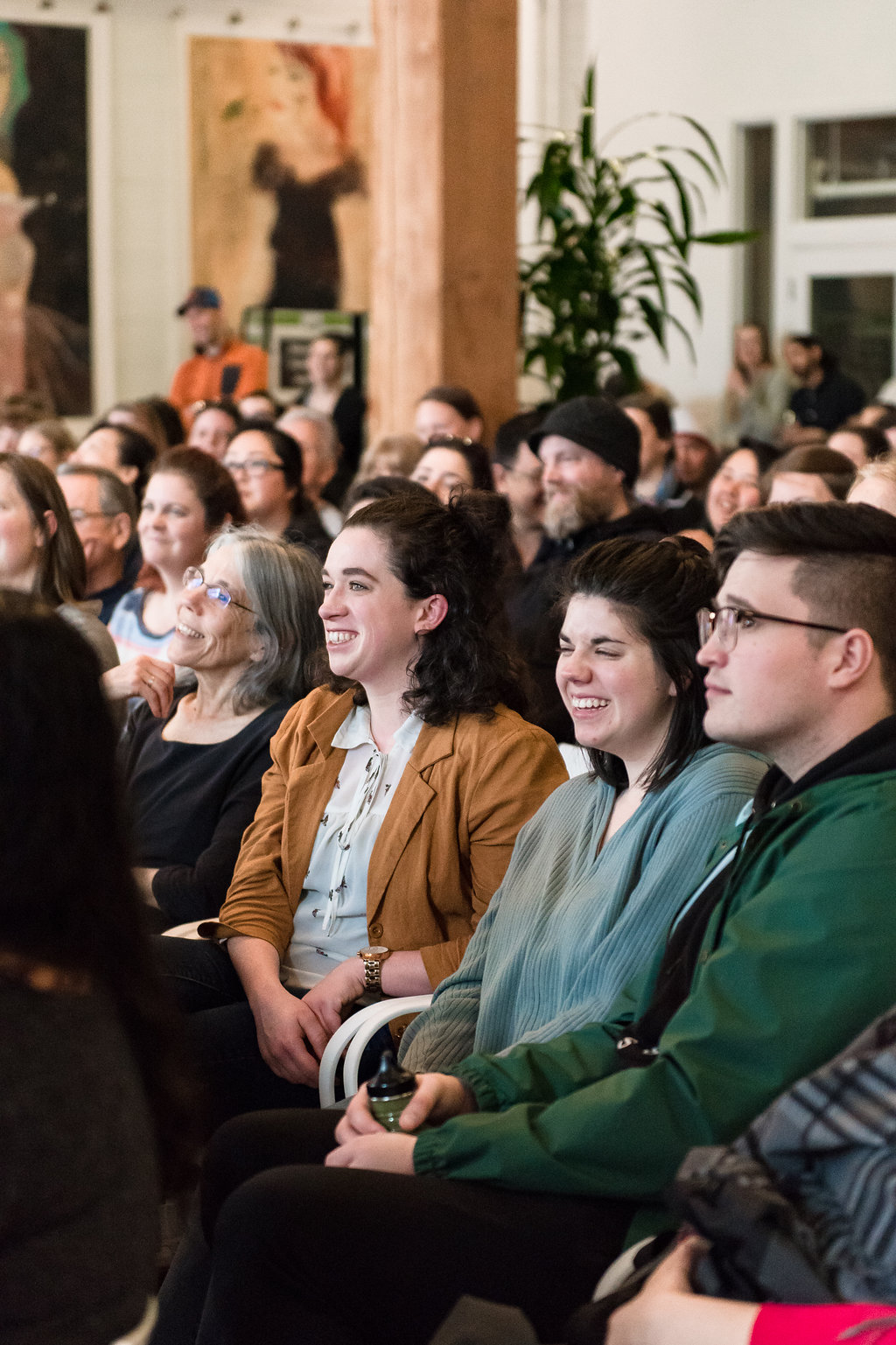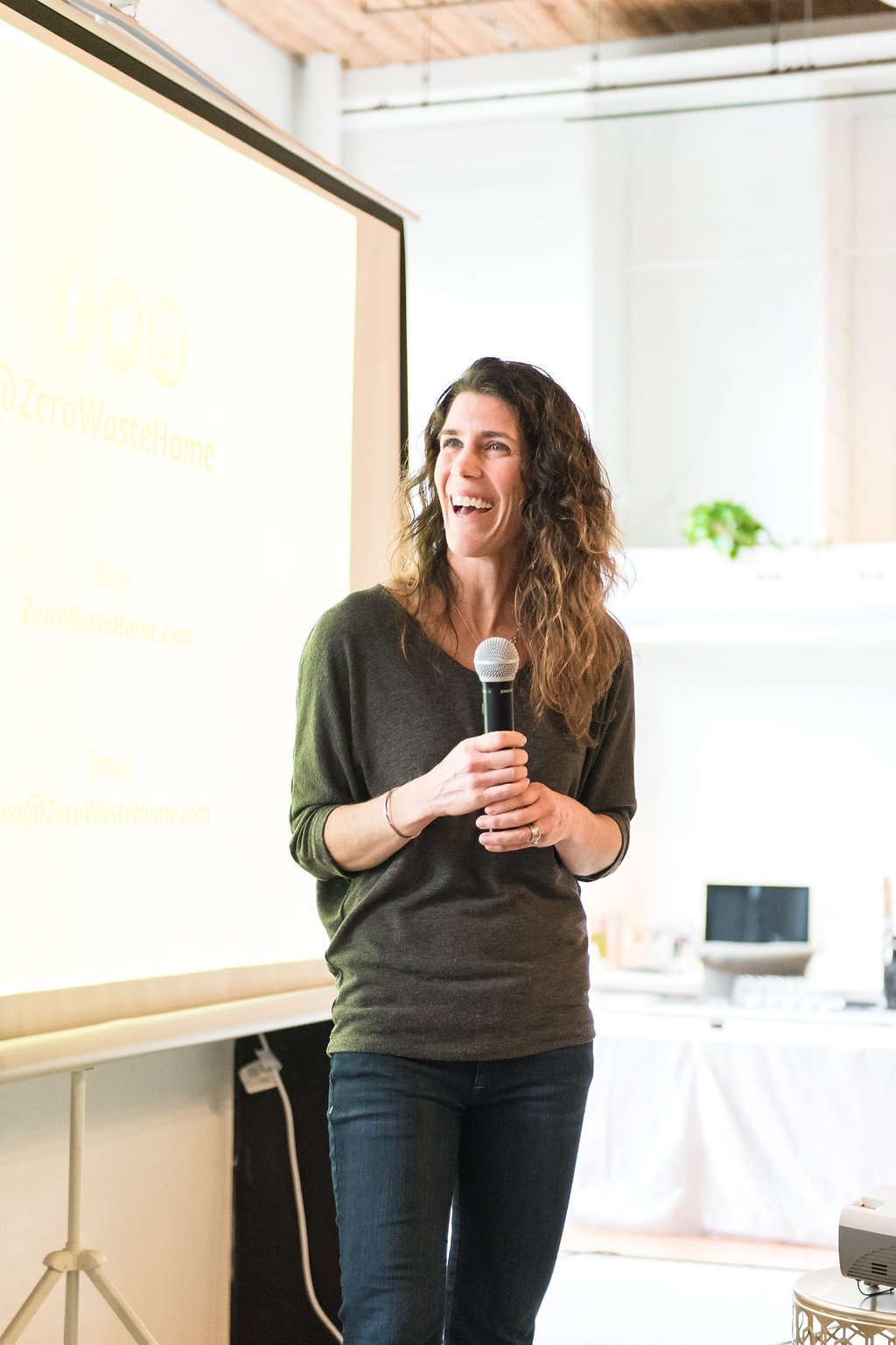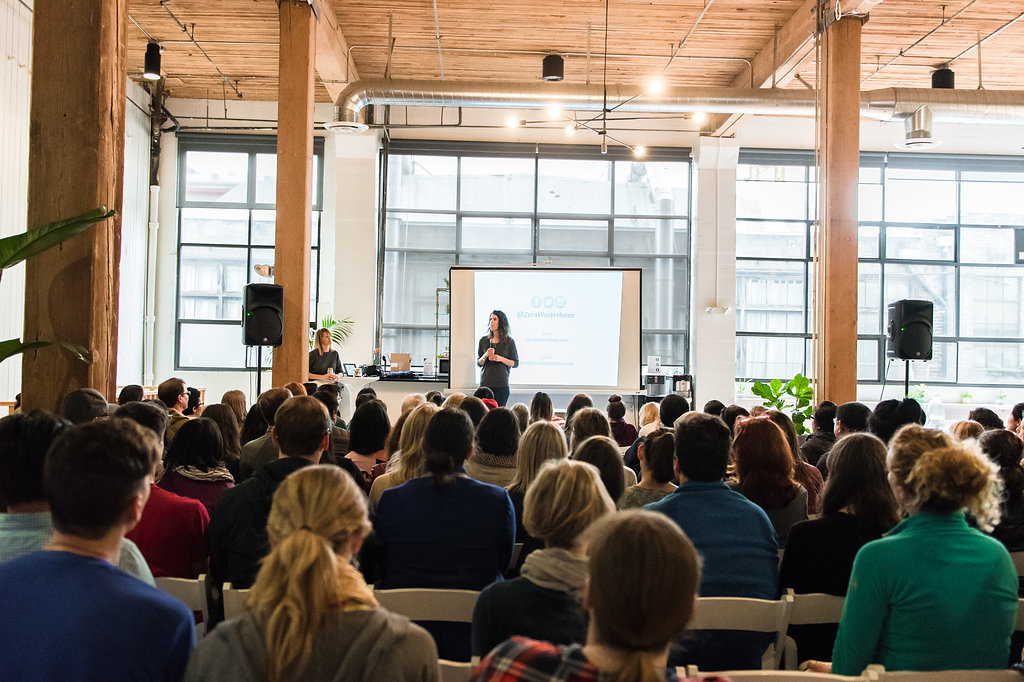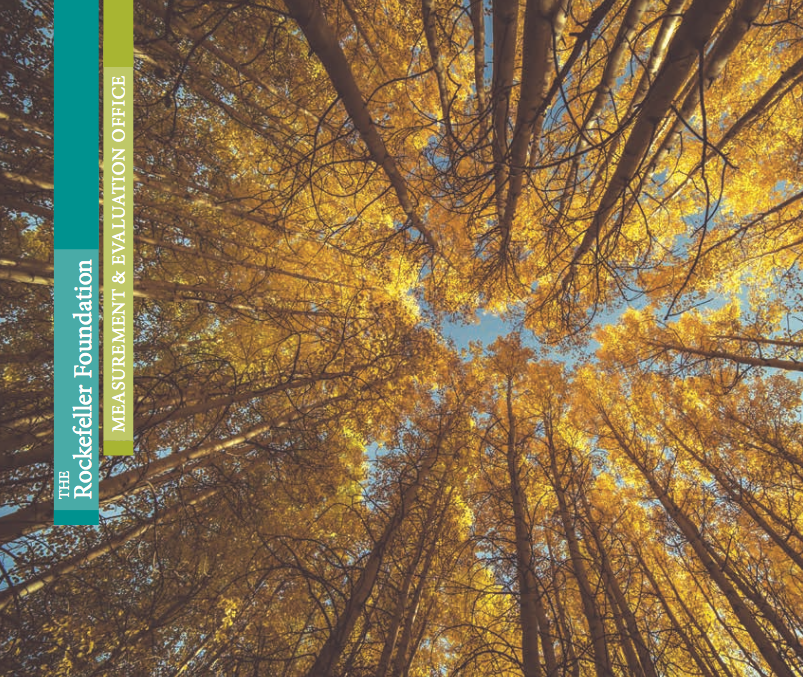For Immediate Release
SEATTLE, WASHINGTON & PORTLAND, OREGON (October 4, 2018) – Green Canopy Inc., a deep green urban residential developer, general contractor and fund manager, today announced the first closing of Cedar Fund providing $12 million in development capacity. Cedar Fund is the Company’s fourth single-family real estate fund designed to build resilient net zero ready micro-communities in Seattle, WA and Portland, OR. With the first close complete, Cedar Fund intends to acquire three initial properties currently in pre-development, and construct 25 homes.
As a mission-driven Certified B Corp, Green Canopy is compelled to create market-driven solutions to the challenges facing the high-growth cities of Seattle and Portland, including resource scarcity and global warming, urban sprawl, and limited access to neighborhoods of opportunity. In response, Cedar Fund will acquire, develop, manage and market third-party certified green built, net zero ready residential homes over the course of a 5-year fund cycle.
Cedar Fund will focus on efficient land use through infill development, multiplying the number of homes in established, walkable neighborhoods. With an emphasis on access to essential services including schools, grocery stores and transportation. By building more resource efficient homes on less land, Cedar Fund will help preserve the Pacific Northwest identity which is interwoven with farms, forests, wild lands, and salmon streams.
“I am excited and inspired by the commitment of our initial 18 Cedar Fund Limited Partners who have expressed deep faith in our mission and potential to transform the real estate market towards more regenerative and inclusive communities and environments,” says Aaron Fairchild, CEO.
About Green Canopy
Green Canopy, Inc. and wholly owned subsidiaries Green Canopy Homes, LLC and Green Canopy Capital, LLC have offices and teams in Seattle and Portland. Green Canopy Homes began building in 2009 and has successfully sold over 140 third-party certified, green homes earning over $100 million in gross revenues.
Green Canopy has successfully developed a disruptive and specialized business model for urban infill homebuilding at scale. Development projects are built on small, medium and large, non-contiguous lots in walkable urban neighborhoods. The Company has an integrated process and established systems for feasibility, design, estimating, construction project management, sales, owner services and fund management. Since inception the Green Canopy Team has focused on creating an authentic, disruptive and widely recognized brand.
The Company’s mission is to build homes, relationships and businesses that help regenerate communities and environments. By committing to the deep work of its mission, Green Canopy believes a future is possible where net zero energy homes are the norm, these good homes are affordable, wildlands are preserved, communities are resilient and vibrant because they are inclusive, and people who want to invest in that future earn profits.
For more information contact:
Susan Fairchild, Director, Investor Relations & Impact
206.792.7280
susan@greencanopy.com









